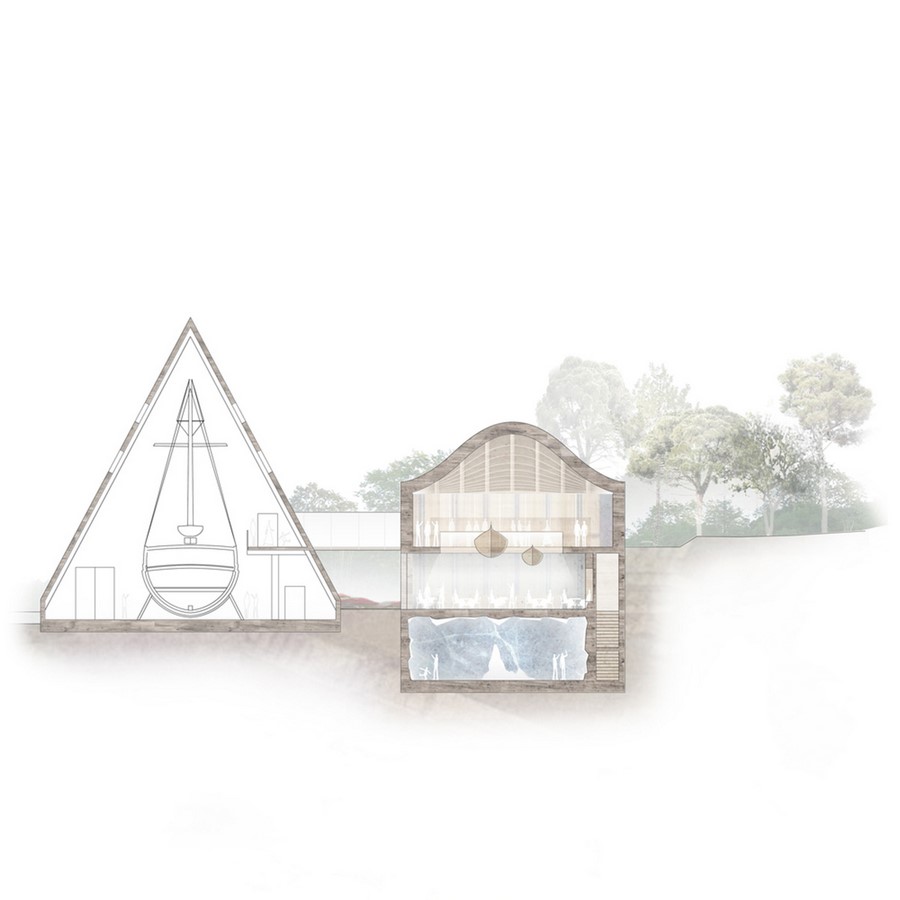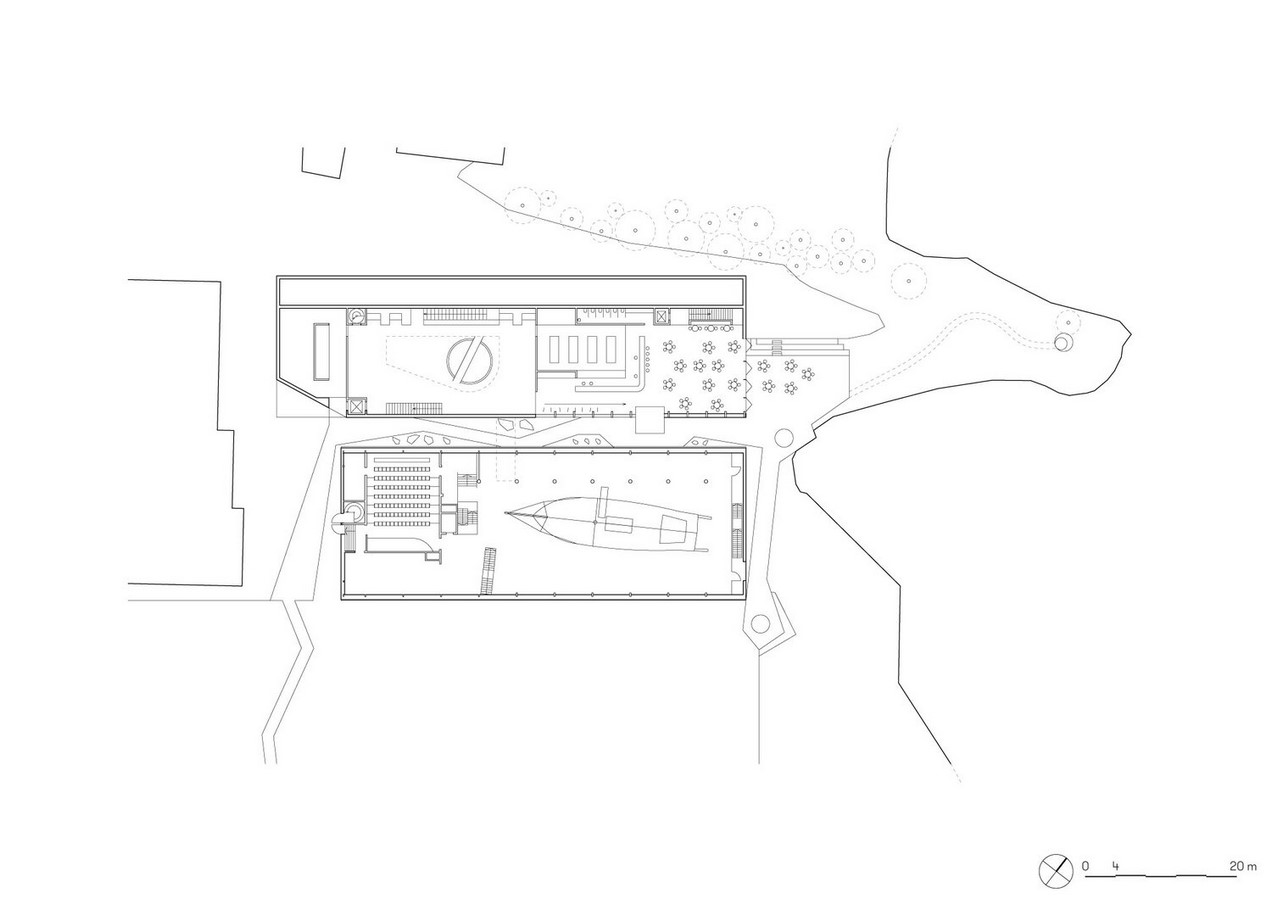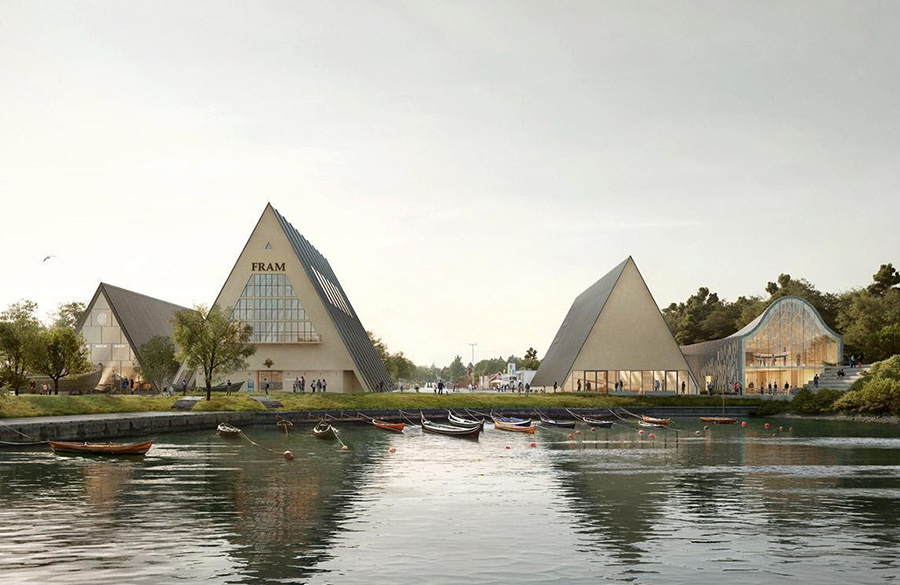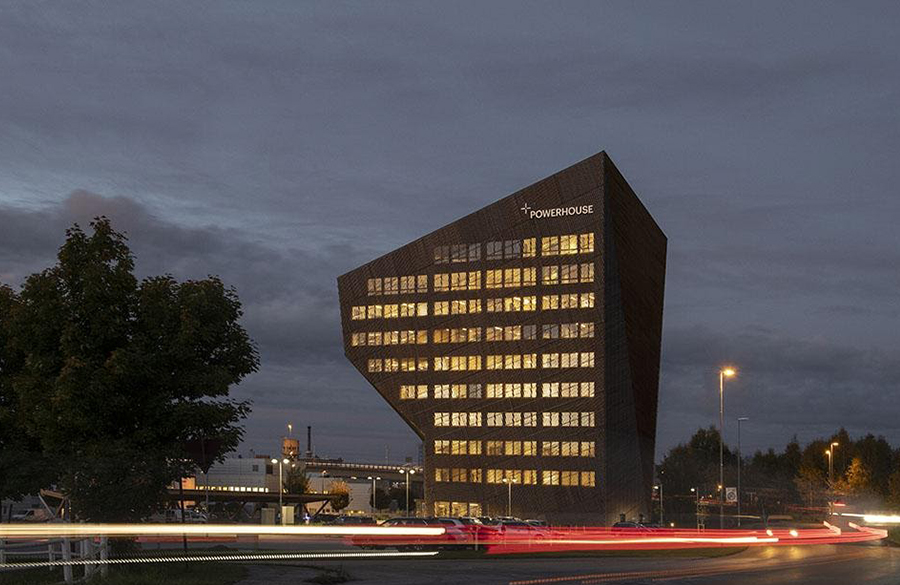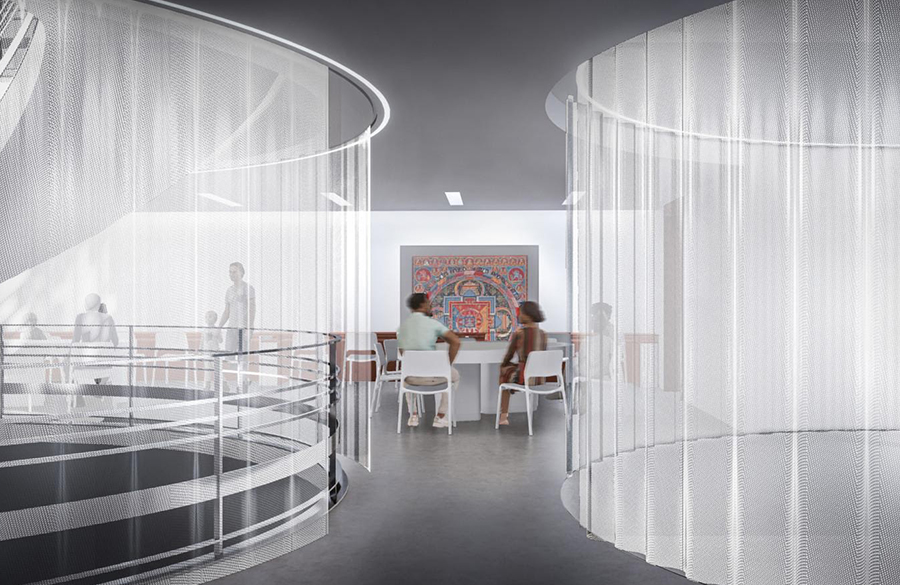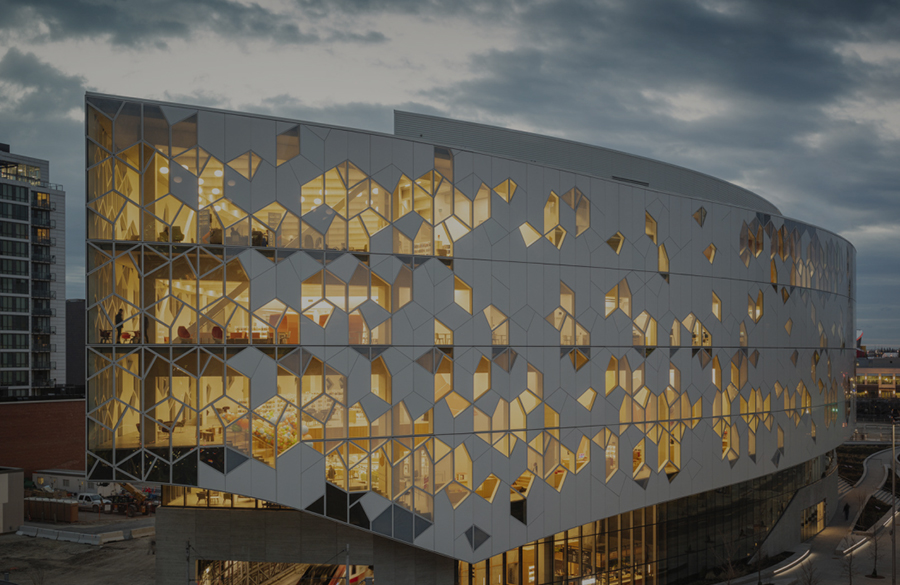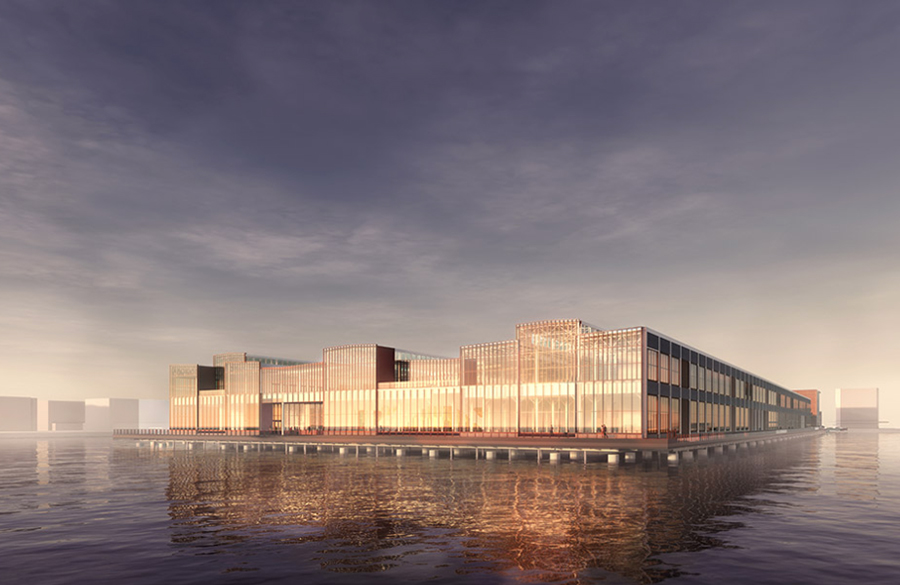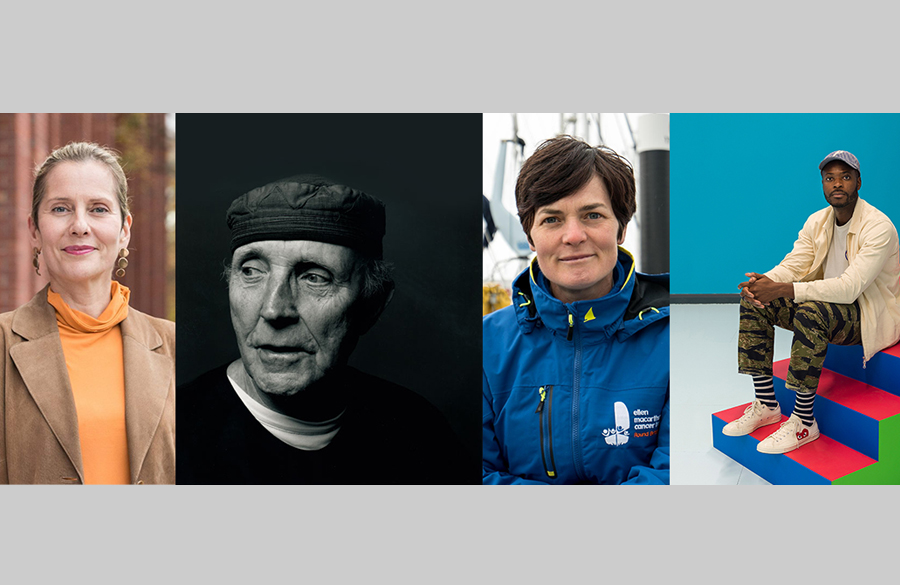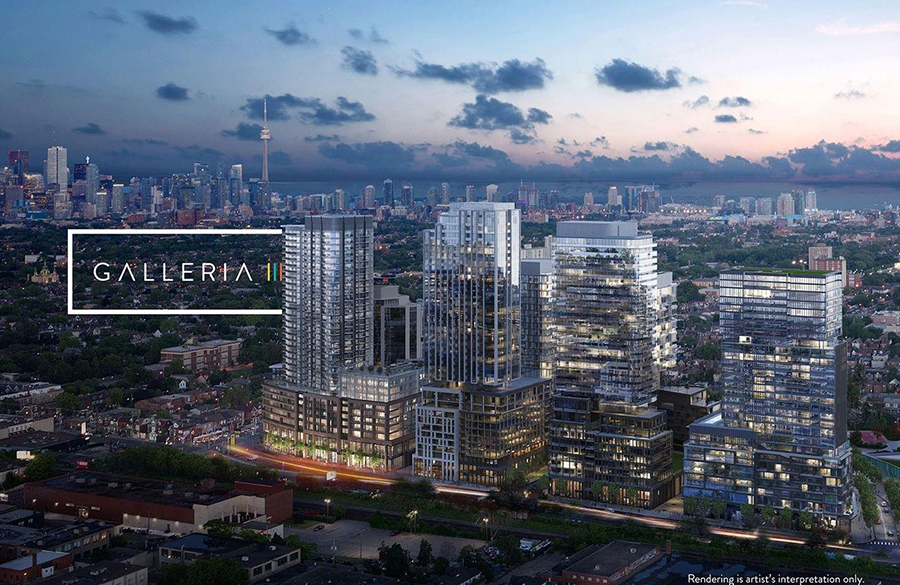Reiulf Ramstad Arkitekter recently won a competition to design the new extension of Norway’s renowned Polar Exploration Museum “FRAM”. Selected as the winning proposal in an invited competition, Reiulf Ramstad’s proposal “Framtid” is to be built on Oslo’s museum island, Bygdøy.
The independent Norway based firm has made several heads turn by their strongly conceptual based projects and use of vernacular style construction to provide a strong modern and distinct look to their buildings. Their distinct ideology on the use of conventional construction materials and the sheer simplicity of the same is what set their design apart from the other entries
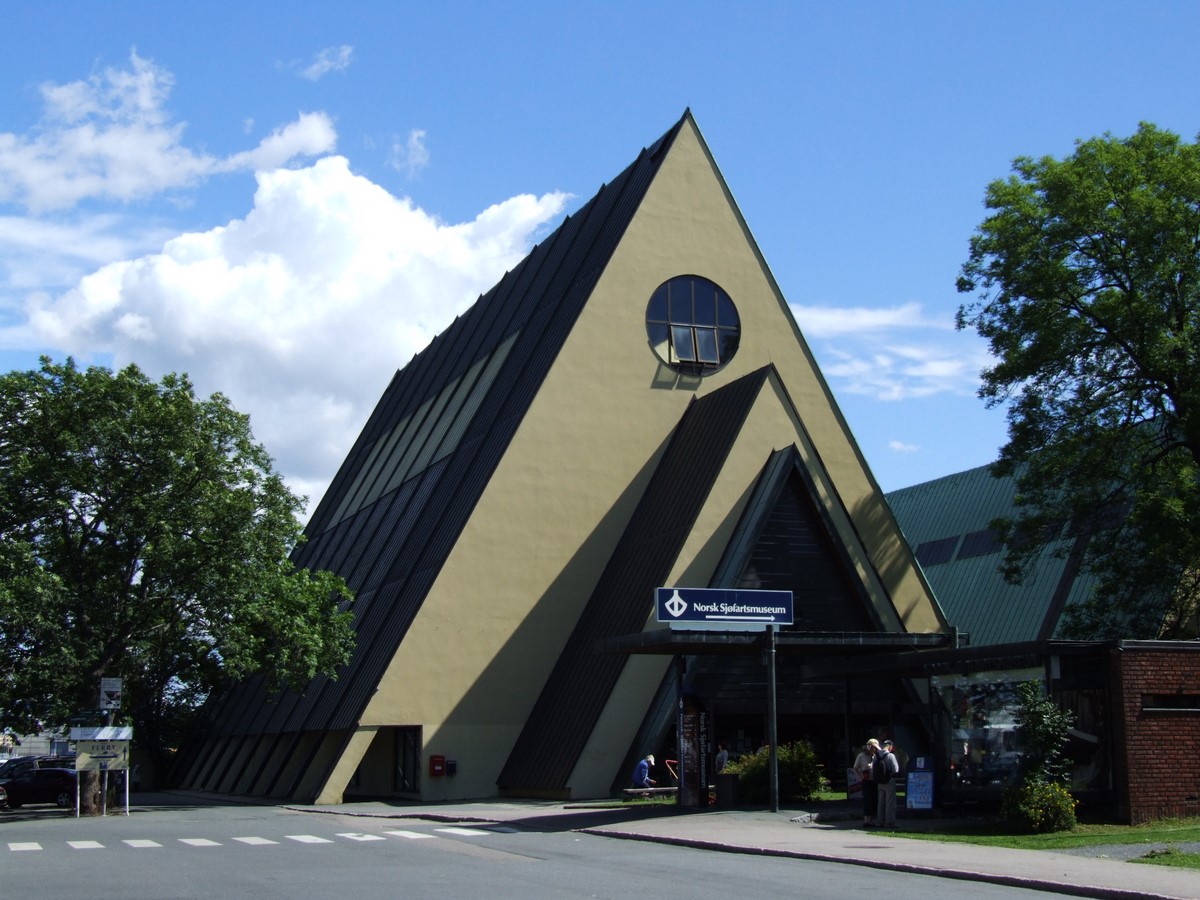
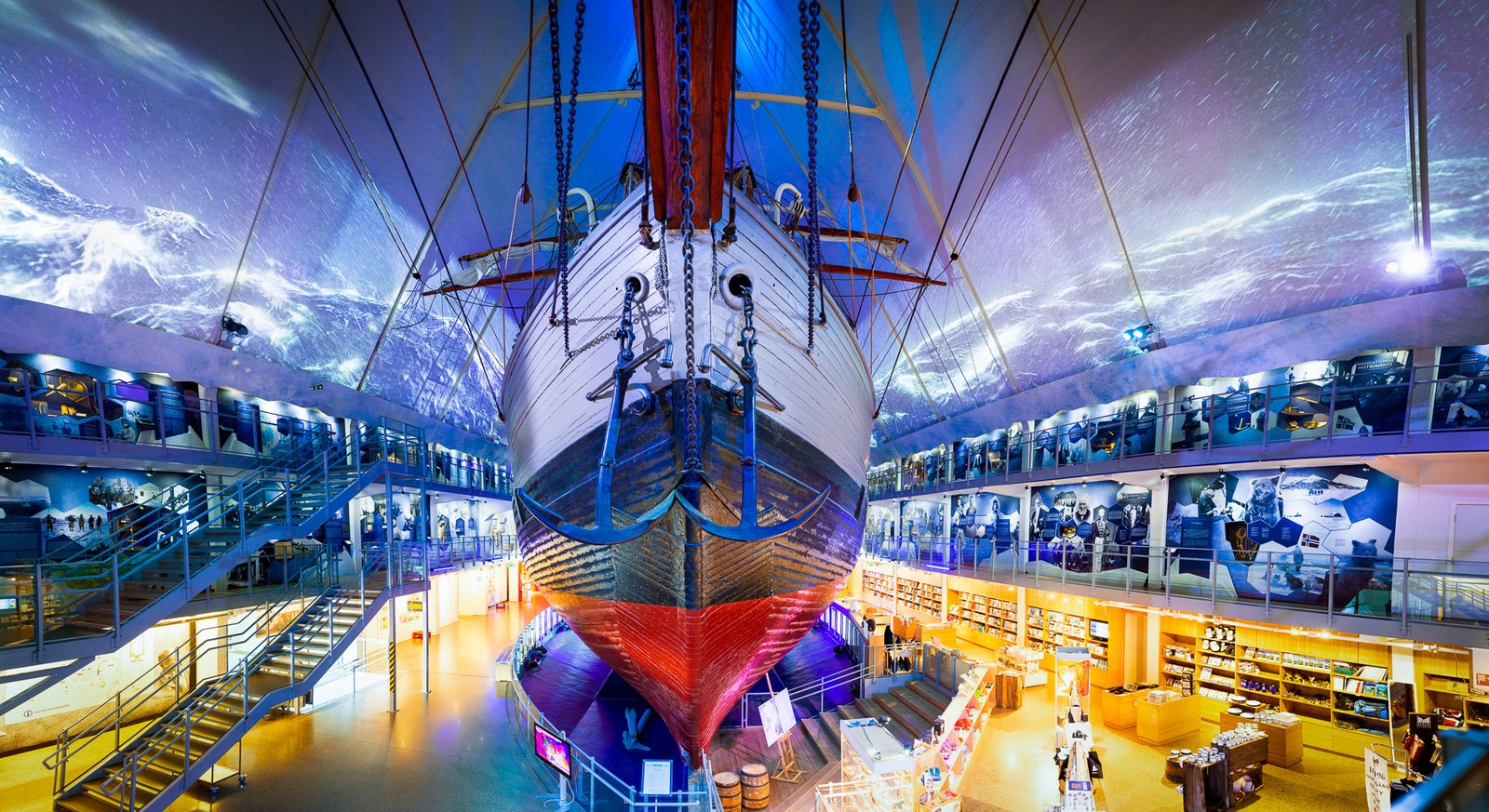
Fram Museum is located in an area with several other museums, including the Museum of Cultural History, Kon-Tiki Museum, Viking Ship Museum, and the Norwegian Maritime Museum Bygdøy Royal Estate. FRAM (locally translating to “Forward”) is a ship that was used primarily in expeditions of the Arctic and Antarctic regions by the Norwegian explorers and is historically significant. The first phase of the Museum, inaugurated in 1936, honors Norwegian polar exploration in general and three great Norwegian polar explorers in particular- Otto Sverdrup, Fridtjof Nansen, and Roald Amundsen. The museum also showcases samples and images of the flora and fauna of the polar regions, such as polar bears and penguins. The iconic triangular structure is centered principally on and around the original exploration vessel Fram- the original interior of the ship is intact and visitors can go inside the ship to view it from multiple levels. The also is a Polar simulator where the guest can virtually experience the extremities of the Arctic that the explorers encountered centuries ago. Needless to say, the museum attracts thousands of locals and tourists every single day.

The new extension for the Museum by Reiulf Ramstad Arkitekter will project the museum towards the future with a simple idea: that architecture can exemplify how we care and perceive our surroundings. The new buildings will be dedicated almost exclusively to polar exploration and environmental education. “A thorough sustainable approach was essential for the project to minimize its environmental impact,” said Reiulf Ramstad Arkitekter in an interview.
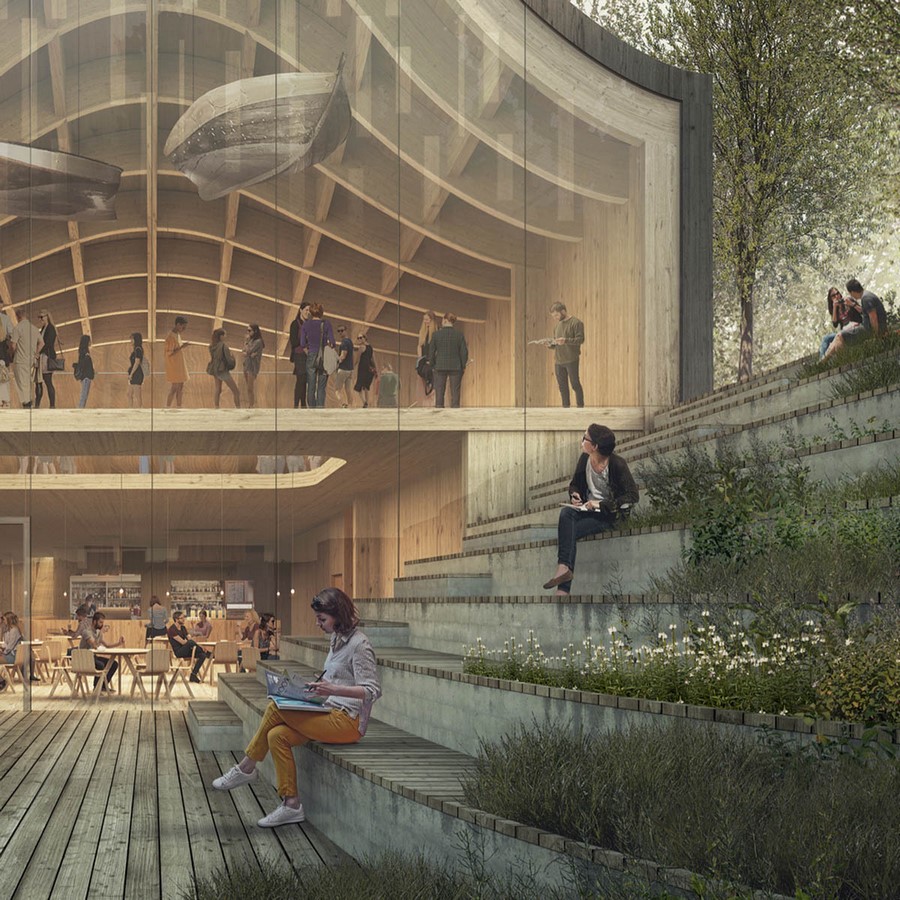
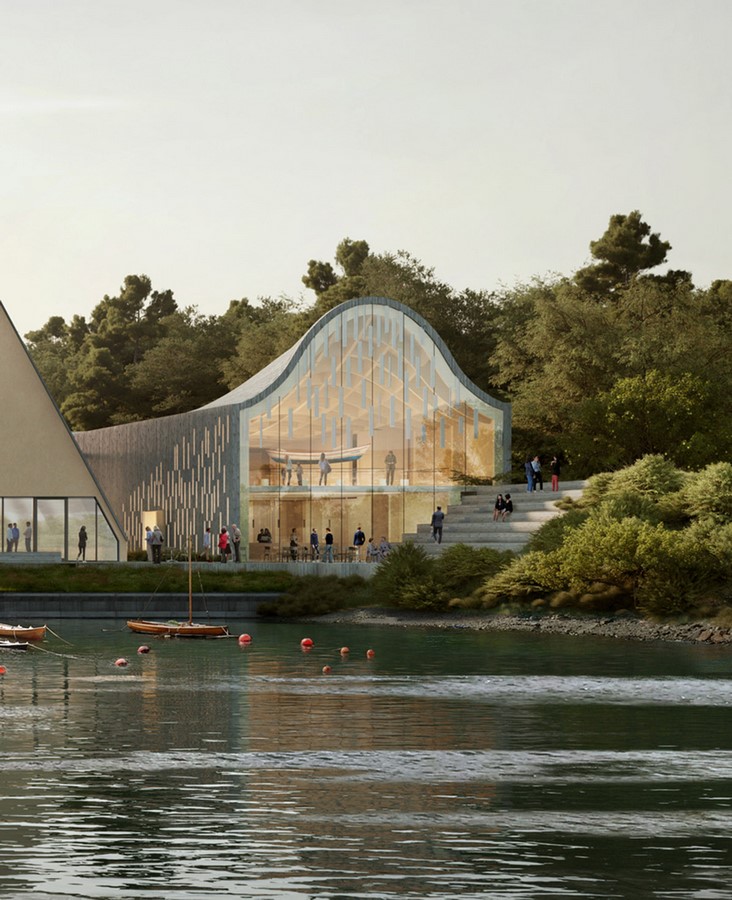
The simple design, full-span wooden hull provides flexibility in adapting to changing needs. The studio is set to use locally-sourced wood which was inspired by FRAMs original wooden construction. Timber will be used for the cladding and the structure, while concrete is limited to infrastructure elements. Glass is used sparingly, where its impact is the strongest, such as towards the fjord, overlooking its exceptional views and the surrounding vegetation.
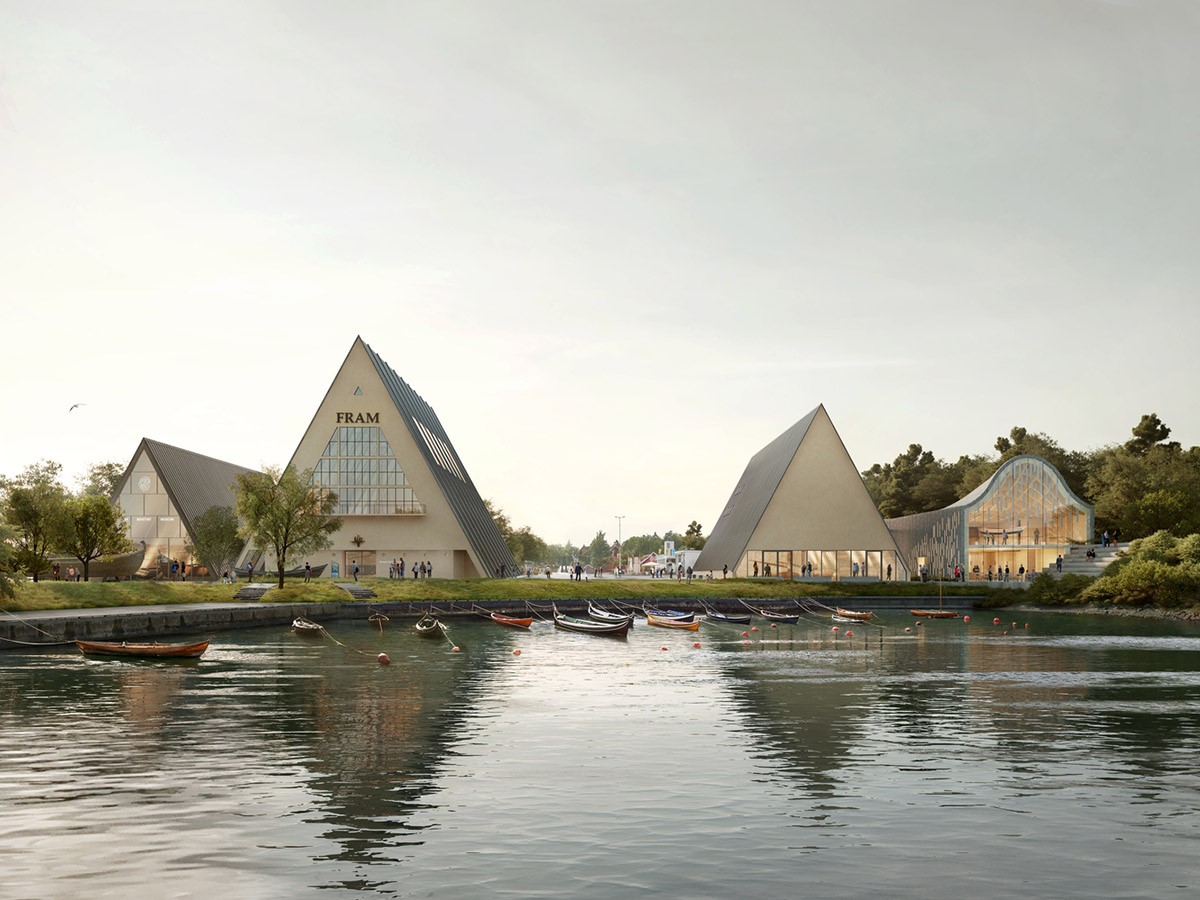

“An important aspect of polar expeditions was research on climate and the environment,” said the architects. The architects envision that just like the crews of Fram, Gjøa and Maud, the museum’s guests will be inspired to seek knowledge on environmental education and also to be a signal of participation in polar exploration, in regard to current climate change and sustainable solutions.
The project is arranged according to the site’s topography, the architects created simple volumes which are organized perpendicularly to the water, celebrating the scenery by generating gathering places facing the fjord. The new extension will contain many more recreational areas like gathering places, exhibition space, a cafe to the current installations which house display ships and artifacts from early polar expeditions. In addition, these exhibition spaces in the building offer complete light control for sensory experiences and connect to the three other wings through passages.
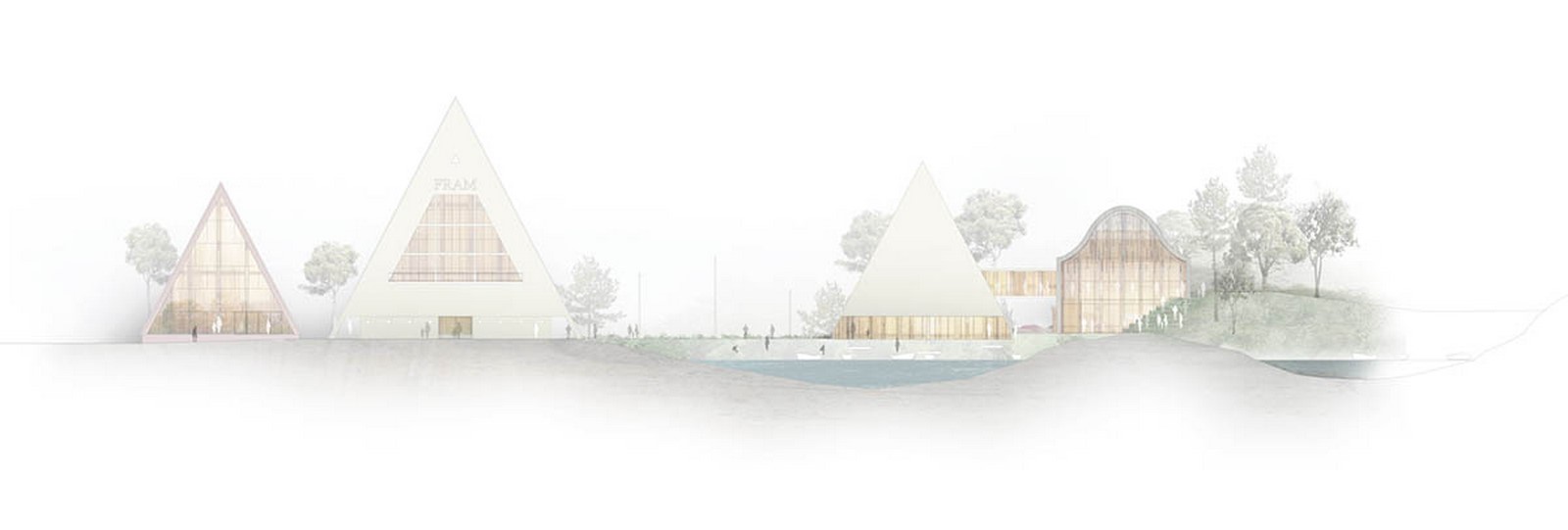
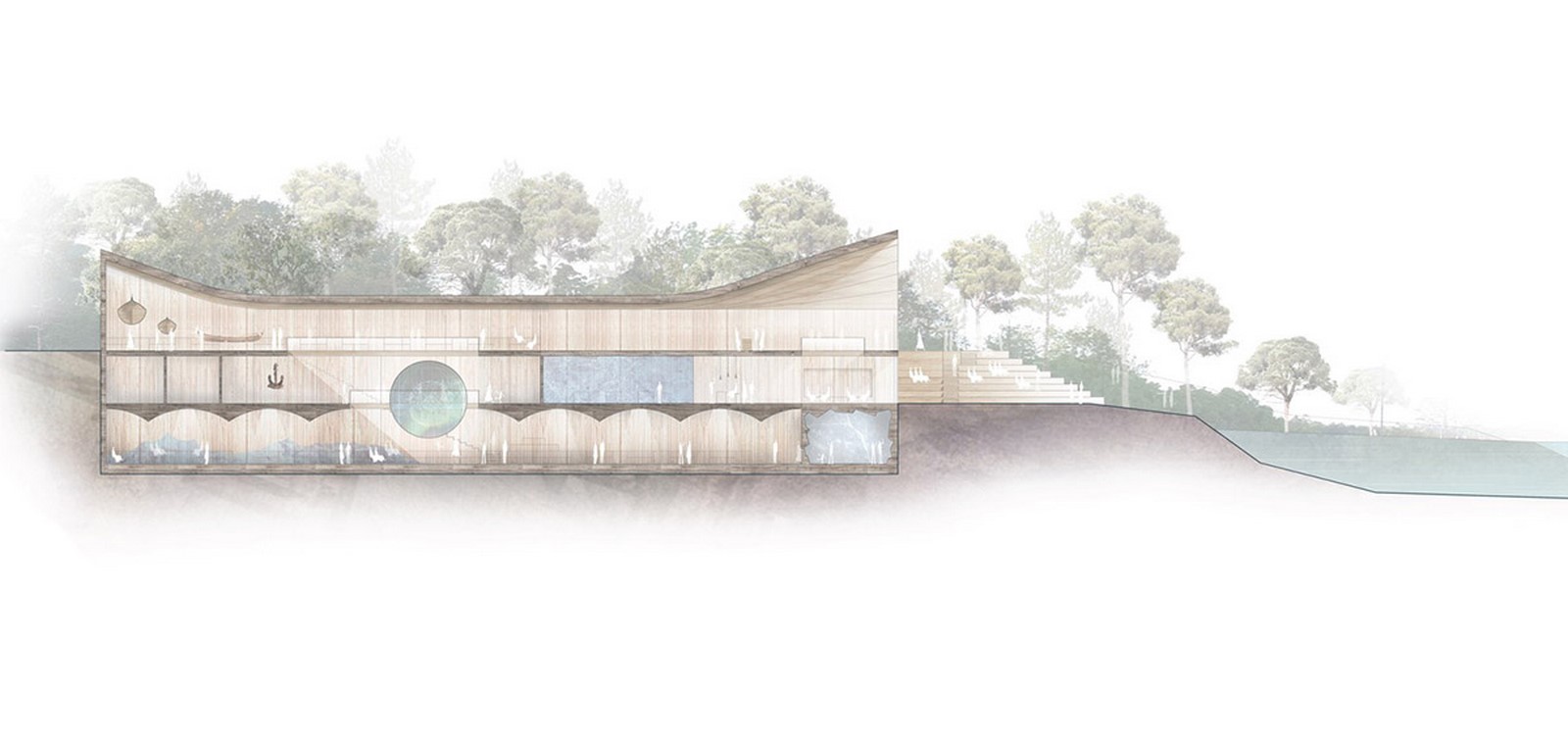
On the northern side, people can access the cafe by the shore and boat shuttles. By designing a flexible exterior amphitheater, which is also used for daily café operations on the first floor, it aimed to transform the gathering space into a multi-functional one and through that space, school classes, or large groups of tourists will be able to meet up. The shore, which is currently private, is now to become freely accessible to all citizens and visitors.
